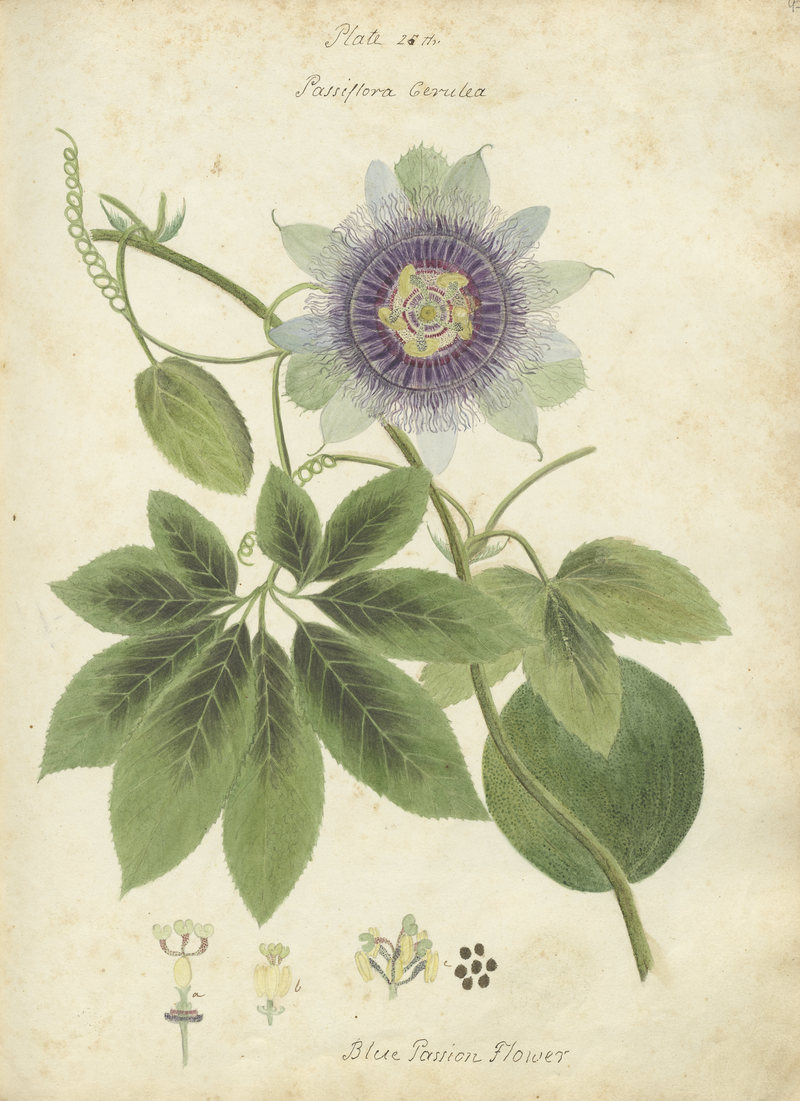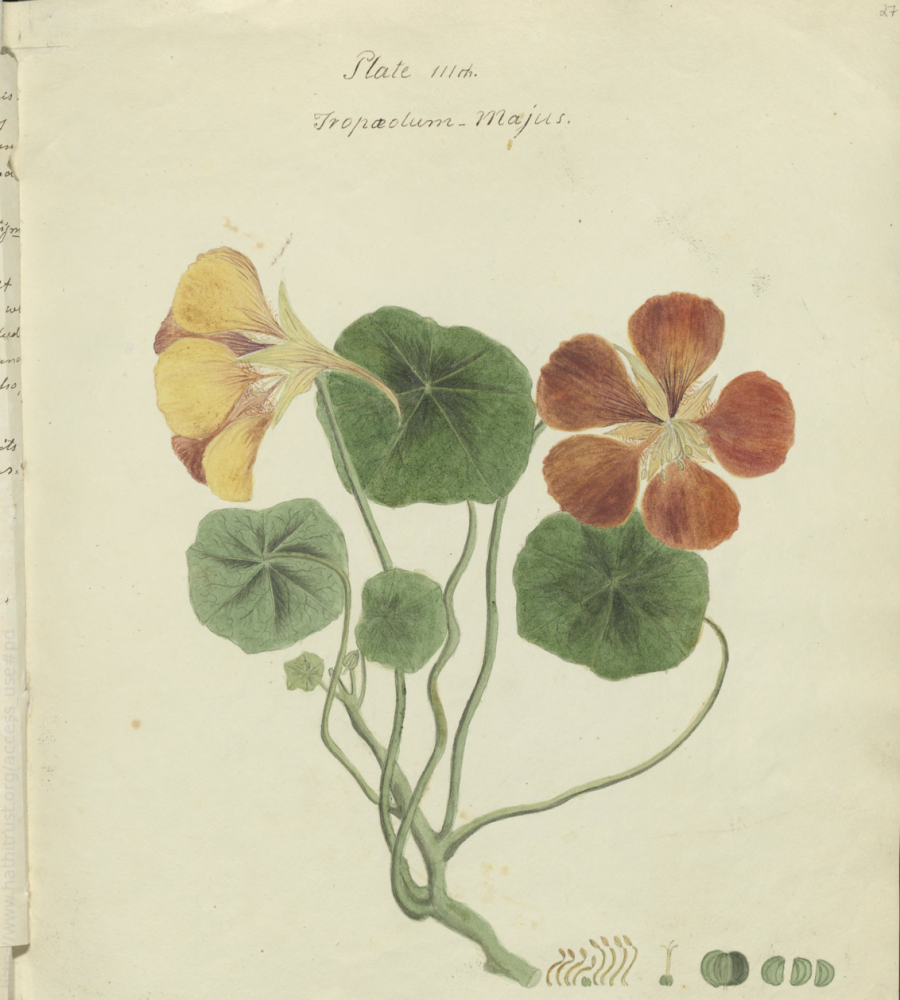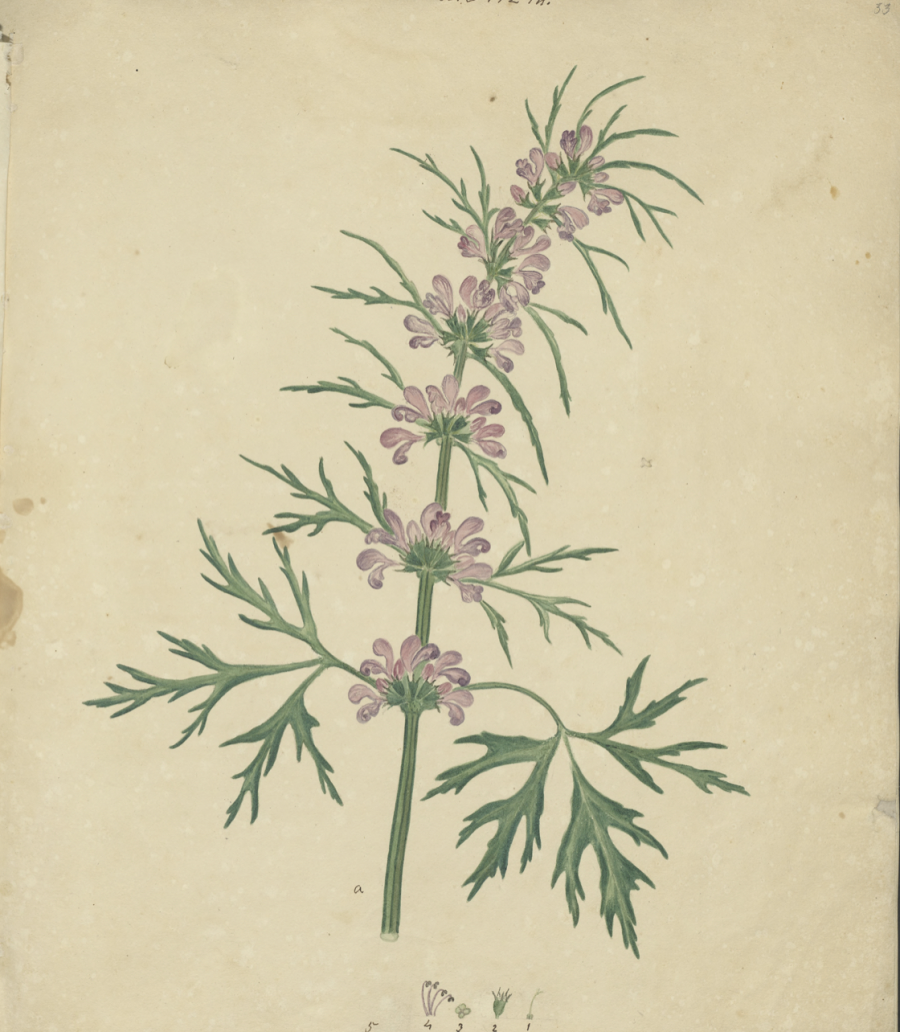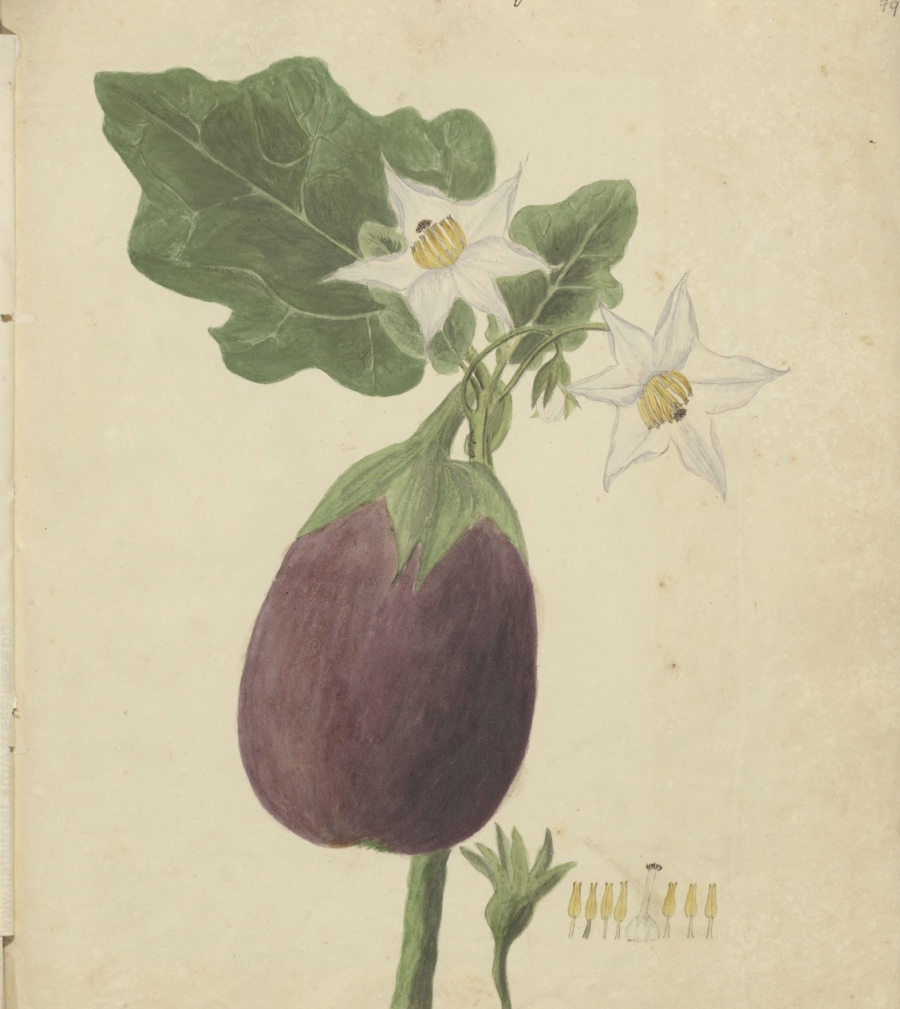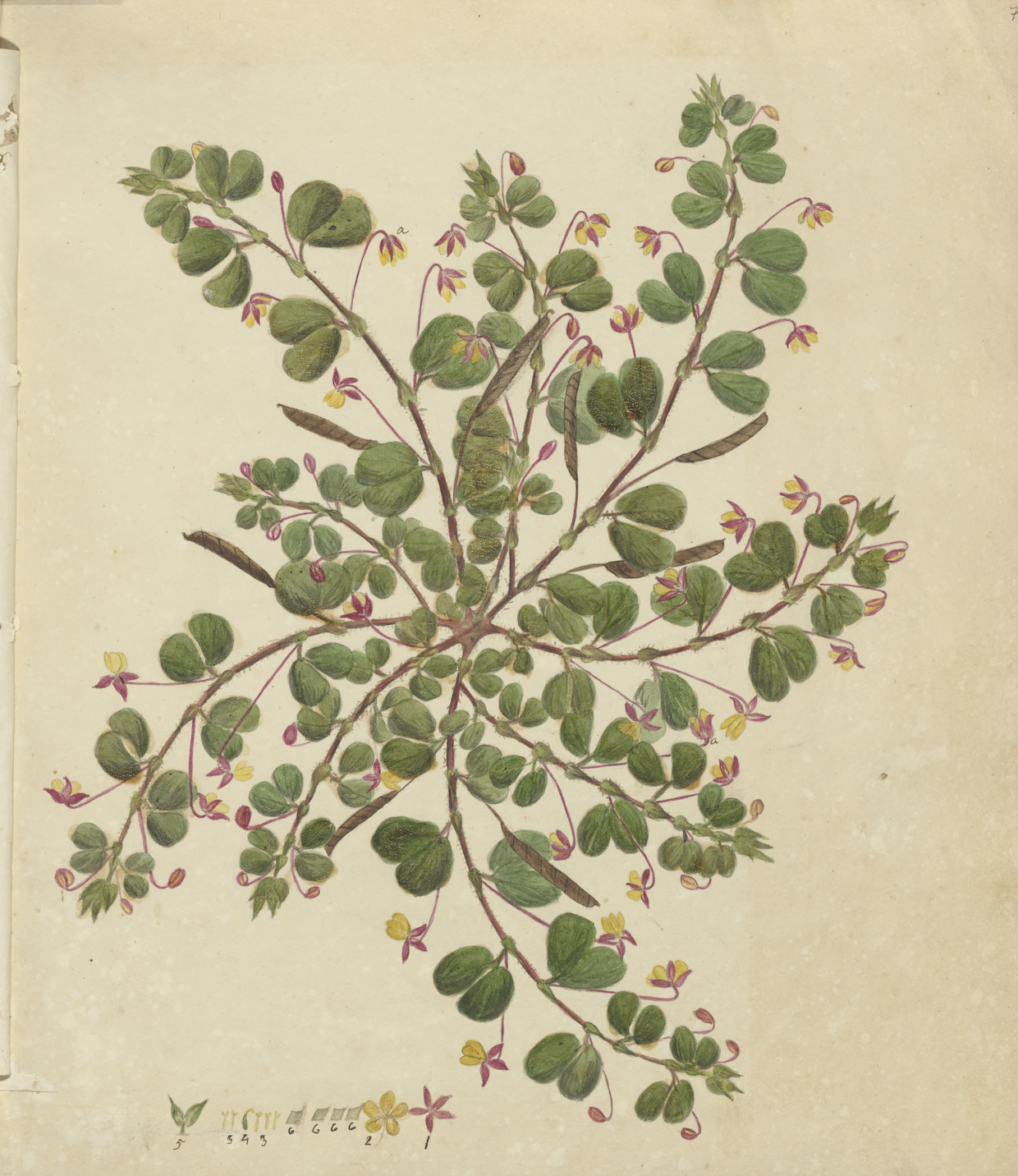[Most Recent Entries] [Calendar View]
Monday, February 11th, 2019
-
Embrace the fact that you're young. Accept that you don't know what you're doing. And don't listen to anyone who says there are rules and limits.
-
If you know your calling, go there. Stay on track. Keep moving towards it, even if the process takes time and requires sacrifice.
-
Learn to accept failure. Know that things will go wrong. Then, when things go right, you'll probably feel like a fraud. It's normal.
-
Make mistakes, glorious and fantastic ones. It means that you're out there doing and trying things.
-
When life gets hard, as it inevitably will, make good art. Just make good art.
-
Make your own art, meaning the art that reflects your individuality and personal vision.
-
You get freelance work if your work is good, if you're easy to get along with, and if you're on deadline. Actually you don't need all three. Just two.
-
Enjoy the ride. Don’t fret it all away. (That one comes compliments of Stephen King.)
-
Be wise and accomplish things in your career. If you have problems getting started, pretend you're someone who is wise, who can get things done. It will help you along.
-
Leave the world more interesting than it was before.
- Good design is innovative. "Design always comes about in connection with innovative technology. How can design be good if the technology is not on the same level?"
- Good design makes a product useful. "Good design optimizes usefulness and ignores anything that doesn't serve the purpose or works against it."
- Good design is aesthetic. "Objects you use daily significantly shape your surroundings and your sense of well-being. Only something that is well-made can be beautiful."
- Good design makes a product understandable. "It makes it easy to understand the structure of the product. Even more, it can make the product 'talk.' Ideally, it explains itself best."
- Good design is unobtrusive. "Products that serve a purpose have the characteristics of a tool. Their design should be neutral and leave room for the user's self-expression."
- Good design is honest. "Honest means not trying to make a product look more innovative, powerful, or valuable than it really is."
- Good design is long-lasting. "In contrast to fashionable design, it lasts many years even in our current throwaway society."
- Good design is thorough down to the last detail. "Nothing should be arbitrary or left to chance. Thoroughness and precision are expressions of respect for the user."
- Good design is environmentally friendly. "Design makes an important contribution to preserving the environment. It conserves resources and minimizes physical and visual pollution."
- Good design is as little design as possible. "Back to simplicity. Back to purity. Less, but better."
| Time | Event |
| 8:05a | Historic Manuscript Filled with Beautiful Illustrations of Cuban Flowers & Plants Is Now Online (1826 )
The internet has become an essential back up system for thousands of pieces of historical art, science, and literature, and also for a specialized kind of text incorporating them all in degrees: the illustrated natural science book, from the golden ages of book illustration and philosophical naturalism in Europe and the Americas. We’ve seen some fine digital reproductions of the illustrated Nomenclature of Colors by Abraham Gottlob Werner, for example—a book that accompanied Darwin on his Beagle voyage.
The same source has also brought us a wonderfully illustrated, influential 1847 edition of Euclid’s Elements, with a semaphore-like design that color-codes and delineates each axiom. And we’ve seen Emily Noyes Vanderpoel’s 1903 Color Problems: a Practical Manual for the Lay Student of Color come online (and back in print), a study whose ideas would later show up in the work of modern minimalists like Josef Albers. Above and below, you can see just a fraction of the illustrations from another example of a remarkable illustrated scientific book, also by a woman on the edge of being forgotten: Nancy Anne Kingsbury Wollstonecraft's 1826 Specimens of the Plants and Fruits of the Island of Cuba.
This study of Cuban plant life might never have seen the light of day were it not for the new online edition from the HathiTrust digital library, “by way of Cornell University’s Library Division of Rare and Manuscript Collections,” notes Atlas Obscura. The book is notable for more than its obscurity, however. It is, says scholar of Cuban history and culture Emilio Cueto, “the most important corpus of plant illustrations in Cuba’s colonial history.” Its author first began work when she moved to the island after her husband, Charles Wollstonecraft (brother of Mary and uncle of Mary Shelley) died in 1817.
She began documenting the plant life in the region of Matanzas through the 1820s. That research became Specimens of the Plants and Fruits of the Island of Cuba, a meticulous study, full of Wollstonecraft’s vibrant, striking watercolors. After making several attempts at publication, she died in 1828, and the manuscript never appeared in public. Now, almost two centuries later, all three volumes are available to read online and download in PDF. They had been dormant at the Cornell University Library, and few people knew very much about them. Cueto, the scholar most familiar with the manuscript's place in history, had himself searched for it for 20 years before finding it hidden away at Cornell in 2018.
Now it is freely available to anyone and everyone online, part of an expanding, shared online archive of fascinating works by non-professional scientists and mathematicians whose work was painstakingly interpreted by artists for the benefit of a lay readership. In the case of Wollstonecraft, as with Goethe and many other contemporary scholar-artists, we have the two in one. View and download her 220-page work, with its 121 illustrated plates at the HathiTrust Digital Library. via Cornell/Atlas Obscura Related Content: Two Million Wondrous Nature Illustrations Put Online by The Biodiversity Heritage Library Wagashi: Peruse a Digitized, Centuries-Old Catalogue of Traditional Japanese Candies Josh Jones is a writer and musician based in Durham, NC. Follow him at @jdmagness Historic Manuscript Filled with Beautiful Illustrations of Cuban Flowers & Plants Is Now Online (1826 ) is a post from: Open Culture. Follow us on Facebook, Twitter, and Google Plus, or get our Daily Email. And don't miss our big collections of Free Online Courses, Free Online Movies, Free eBooks, Free Audio Books, Free Foreign Language Lessons, and MOOCs. |
| 9:00a | Neil Gaiman Reads His Manifesto on Making Art: Features the 10 Things He Wish He Knew As a Young Artist 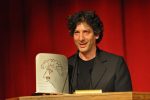
It’s a bit early in the year for commencement speeches, but fortunately for lifelong learners who rely on a steady drip of inspiration and encouragement, author Neil Gaiman excels at putting old wine in new bottles. He repurposed his keynote address to Philadelphia's University of the Arts’ Class of 2012 for Art Matters: Because Your Imagination Can Change the World, a slim volume with hand lettering and illustrations by Chris Riddell. The above video captures the frequent collaborators appearing together last fall at the East London cultural center Evolutionary Arts Hackney in a fundraiser for English PEN, the founding branch of the worldwide literary defense association. While Gaiman reads aloud in his affable, ever-engaging style, Riddell uses a brush pen to bang out 4 3/4 line drawings, riffing on Gaiman’s metaphors. While the art-making “rules” Gaiman enumerates herein have been extrapolated and widely disseminated (including, never fear, below), it’s worth having a look at why this event called for a live illustrator. Leaving aside the fact that each ticket purchaser got a copy of Art Matters, autographed by both men, and a large signed print was auctioned off on behalf of English PEN, Gaiman holds illustrations in high regard. His work includes picture books, graphic novels, and lightly illustrated novels for teens and young adults, and as a mature reader, he, too, delights in visuals, singling out Frank C. Papé's drawings for the decidedly “adult” 1920s fantasy novels of James Branch Cabell. (1929’s Something about Eve featured a buxom female character angrily frying up her husband's manhood for dinner and an erotic entryway that would have thrilled Dr. Seuss.) In an interview with Waterstones booksellers upon the publication of Neverwhere, another collaboration with Riddell, Gaiman mused: …a good illustrator, for me, is like going to see a play. You are going to get something brought to life for you by a specific cast in a specific place. That way of illustrating will never happen again. You know, somebody else could illustrate it—there are hundreds of different Alice in Wonderlands. Which we could certainly take to mean that if Riddell’s style doesn’t grab you the way it grabs Gaiman (and the juries for several prestigious awards) perhaps you should tear your eyes away from the screen and illustrate what you hear in the speech. Do you need to know how to draw as well as he does? The rules, below, suggest not. We’d love to take a peek inside your sketchbook after. Read a complete transcript of the speech here. Related Content: Neil Gaiman Teaches the Art of Storytelling in His New Online Course 18 Stories & Novels by Neil Gaiman Online: Free Texts & Readings by Neil Himself Ayun Halliday is an author, illustrator, theater maker and Chief Primatologist of the East Village Inky zine. See her onstage in New York City tonight as host of Theater of the Apes’ monthly book-based variety show, Necromancers of the Public Domain. Follow her @AyunHalliday. Neil Gaiman Reads His Manifesto on Making Art: Features the 10 Things He Wish He Knew As a Young Artist is a post from: Open Culture. Follow us on Facebook, Twitter, and Google Plus, or get our Daily Email. And don't miss our big collections of Free Online Courses, Free Online Movies, Free eBooks, Free Audio Books, Free Foreign Language Lessons, and MOOCs. |
| 12:00p | Dieter Rams Lists the 10 Timeless Principles of Good Design–Backed by Music by Brian Eno
Nearly all of us have heard the dictum "Less, but better," and nearly all of us have used Braun products. But how many of us know that both of those owe their considerable popularity to the same man? After studying architecture, interior decoration, and carpentry, the German industrial designer Dieter Rams spent 40 years at Braun, most of them as the company's chief design officer. There he created such hits as the 606 universal shelving system, the SK61 record player, and the ET66 calculator. That last provided the model for the calculator application interface in Apple's iOS 3, among other homages Apple has paid to Rams. Rams, in turn, has been complimentary to Apple, calling it one of the few companies in existence that designs products according to his principles. Anyone can sense the affinity between the most enduring Apple products and Rams-designed Braun products, but what are those principles? You can hear them laid out by the man himself himself in the trailer above for Rams, last year's documentary by Gary Hustwit, he of Helvetica (the documentary about the font) and Objectified (the documentary about industrial design that featured Rams as an interviewee). The list is as follows: The trailer illustrates each of these principles with one of Rams' designs, developed at Braun or elsewhere: the T 1000 CD radio, the MPZ 21 citrus juicer, the 740 stool, the 620 chair. Though designed forty, fifty, even sixty years ago, these gadgets and pieces of furniture have stood the test of time. Some have even made a return to the market in recent years of our both aesthetically and environmentally conscious age. You can watch Rams on Vimeo on Demand, and if you do, you'll not only get to enjoy its Brian Eno-composed score, you'll learn much more about how Rams designed his most beloved products — and about where he still sees ways to improve them. That holds true even for his design principles themselves: "I always emphasized that they weren't meant to last forever," he says. "They should be updated." Related Content: Bauhaus, Modernism & Other Design Movements Explained by New Animated Video Series Paola Antonelli on Design as the Interface Between Progress and Humanity Saul Bass’ Oscar-Winning Animated Short Ponders Why Man Creates Saul Bass’ Advice for Designers: Make Something Beautiful and Don’t Worry About the Money Sketches of Artists by the Late New Media Designer Hillman Curtis Abstract: Netflix’s New Documentary Series About “the Art of Design” Premieres Today Based in Seoul, Colin Marshall writes and broadcasts on cities, language, and culture. His projects include the book The Stateless City: a Walk through 21st-Century Los Angeles and the video series The City in Cinema. Follow him on Twitter at @colinmarshall or on Facebook. Dieter Rams Lists the 10 Timeless Principles of Good Design–Backed by Music by Brian Eno is a post from: Open Culture. Follow us on Facebook, Twitter, and Google Plus, or get our Daily Email. And don't miss our big collections of Free Online Courses, Free Online Movies, Free eBooks, Free Audio Books, Free Foreign Language Lessons, and MOOCs. |
| << Previous Day |
2019/02/11 [Calendar] |
Next Day >> |
